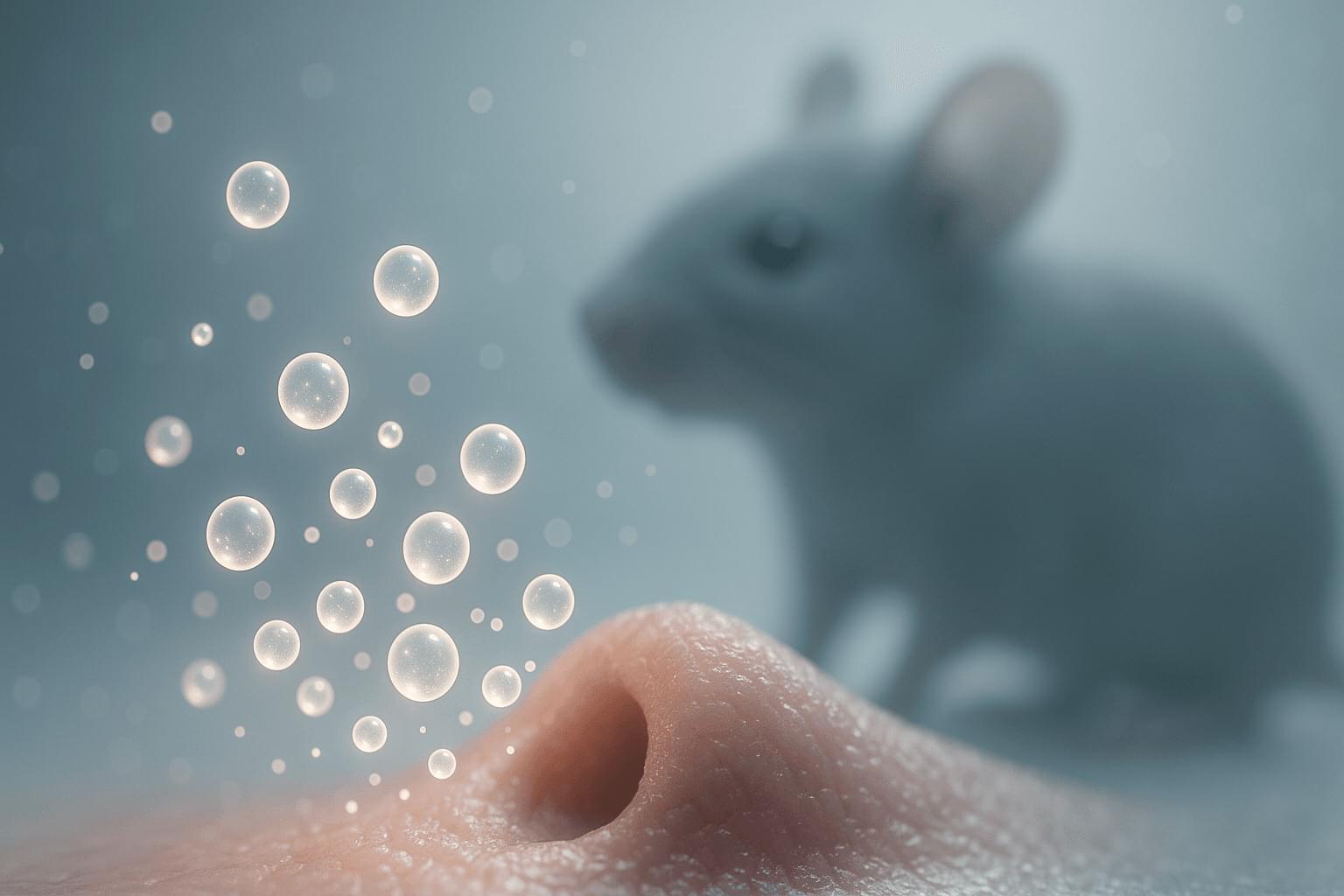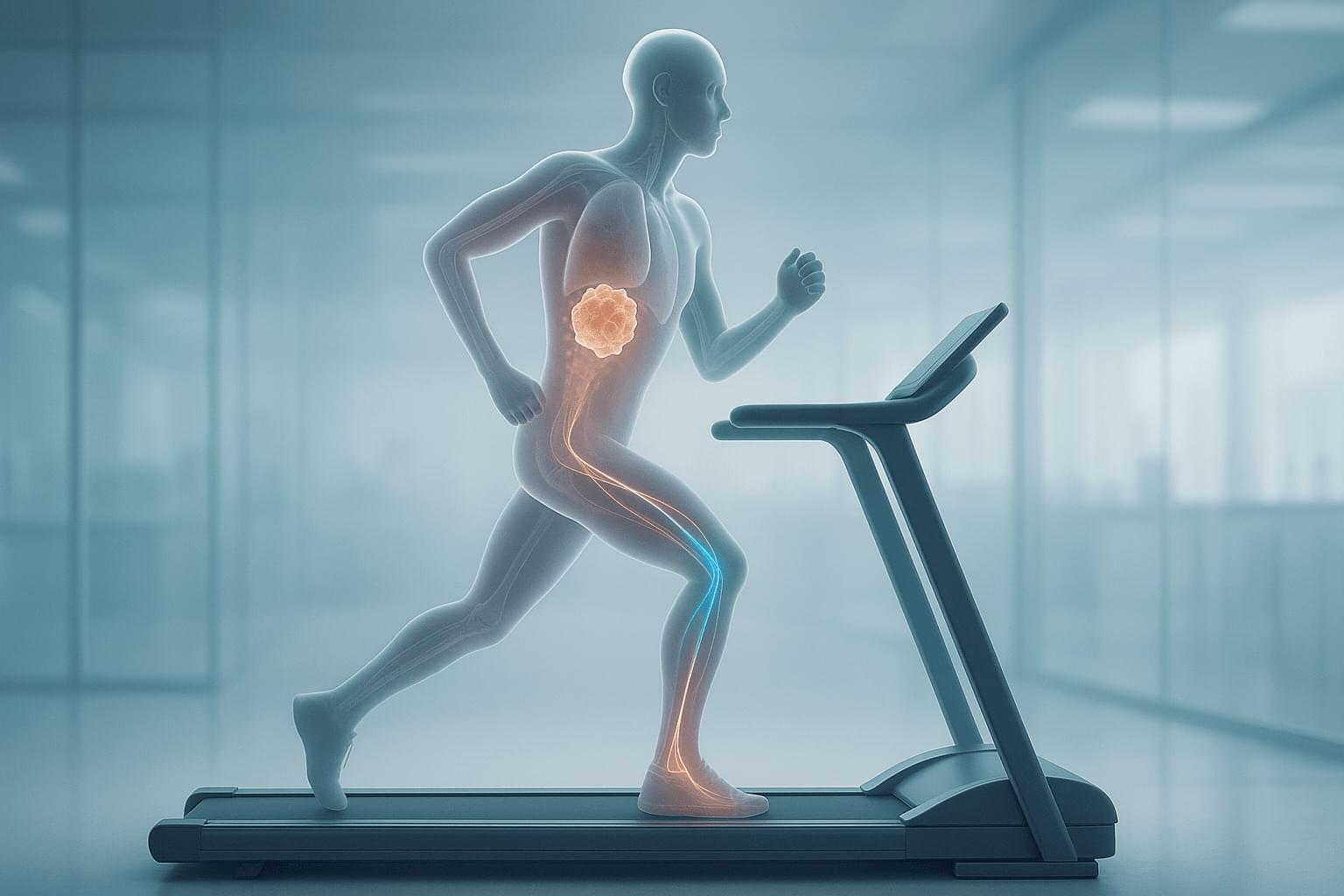Only world models respond to the user’s input as they navigate around the world by moving the camera, or interacting with people and objects it contains, rather than just interpreting prompts to decide what video should be generated.
Using this method, the entire world is continuously generated, frame-by-frame, based on the model’s internal understanding of how the environment and objects should behave.
This method allows the creation of highly flexible, realistic and unique environments. Imagine a video game world, for example, where literally anything can happen. The possibilities aren’t limited to situations and choices that have been written into the code by a game programmer, because the model generates visuals and sounds to match any choice the player makes.








